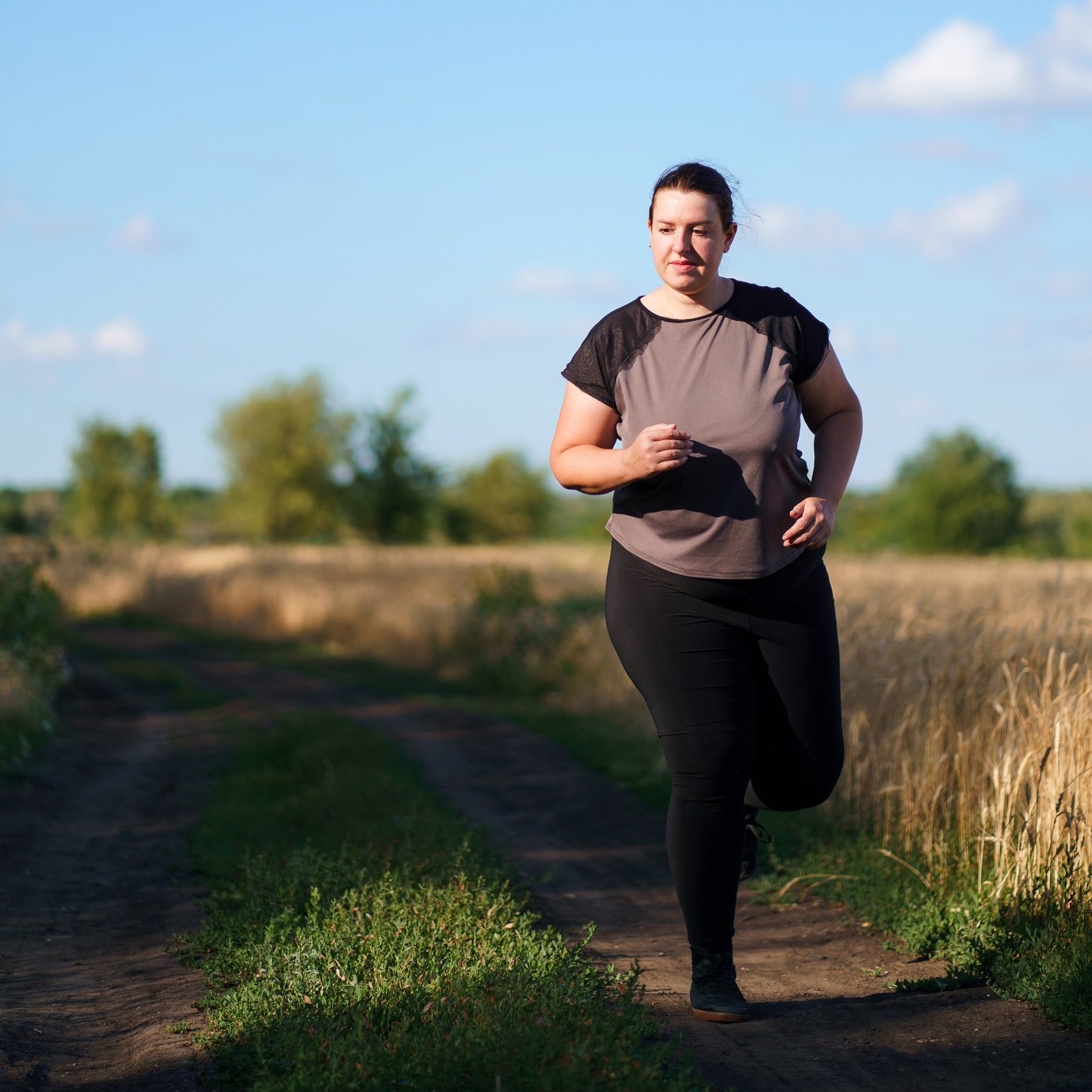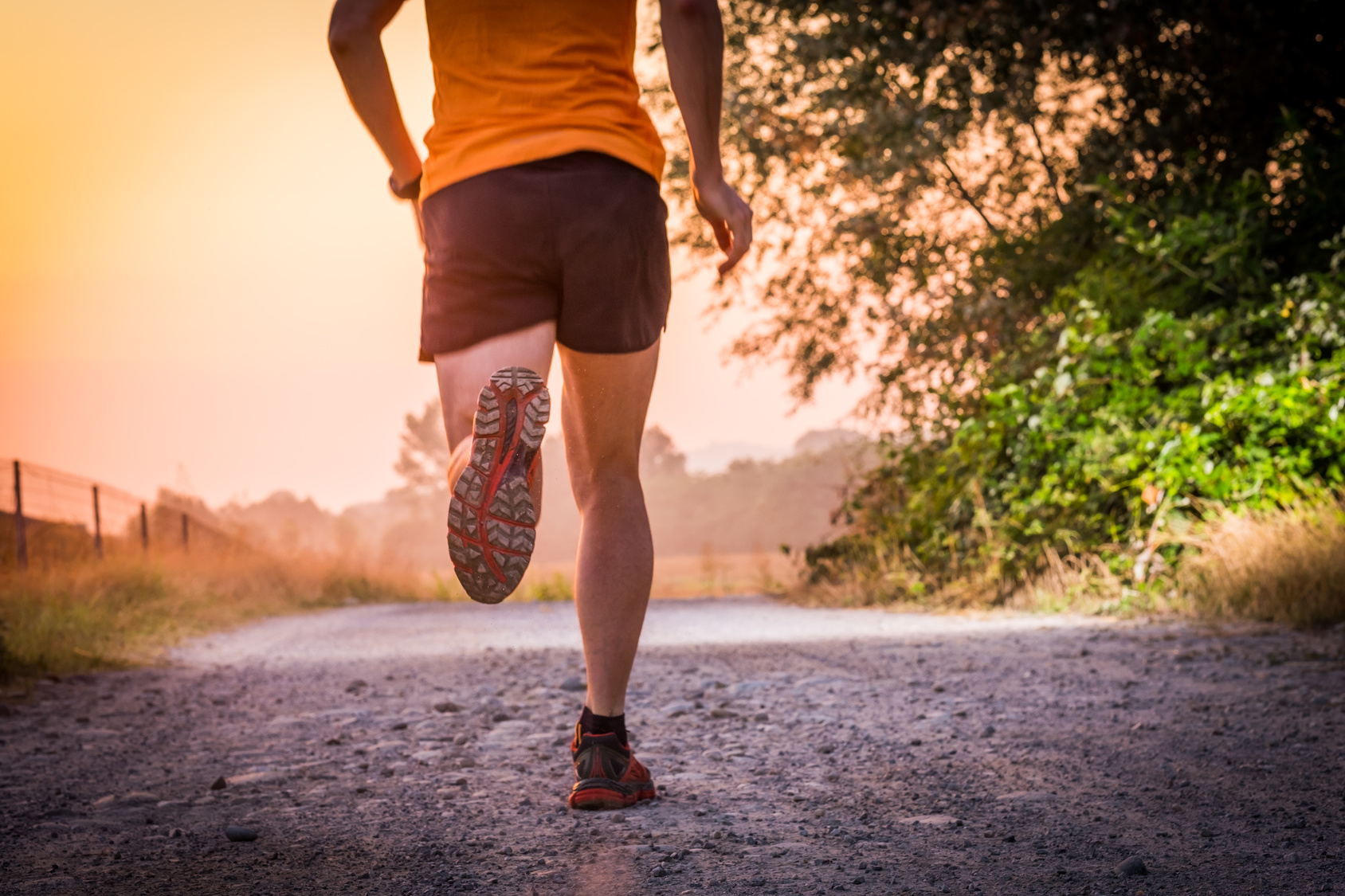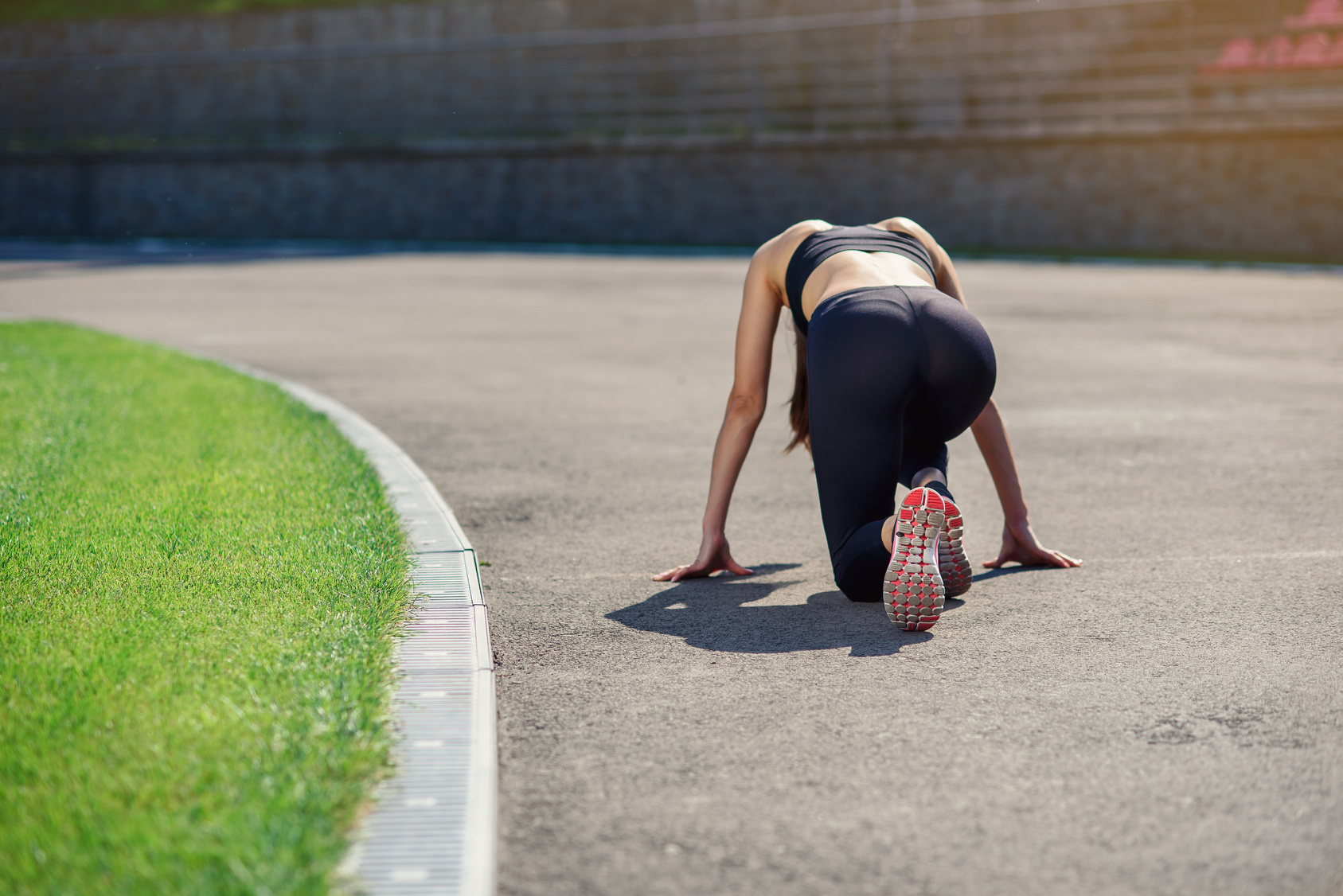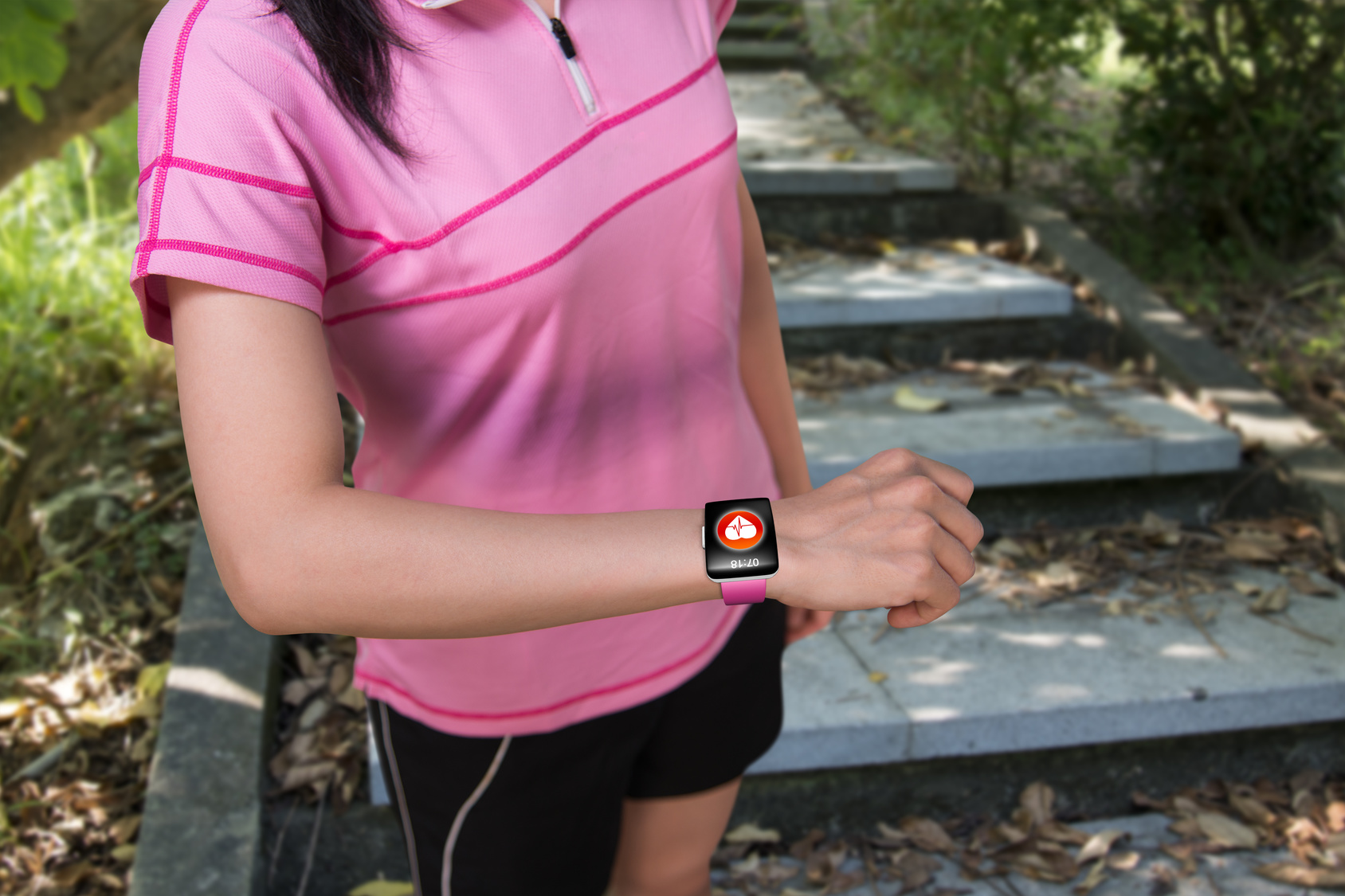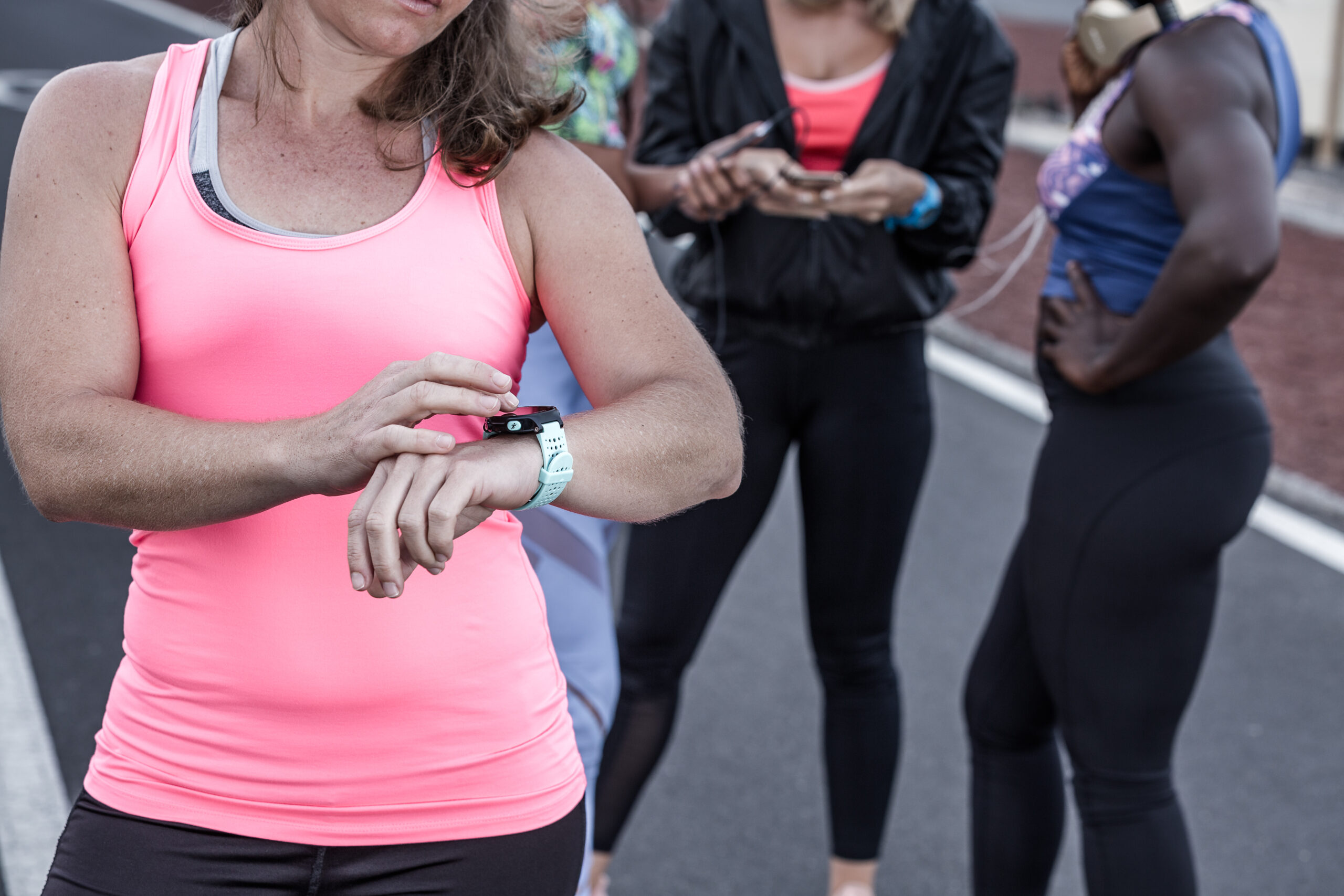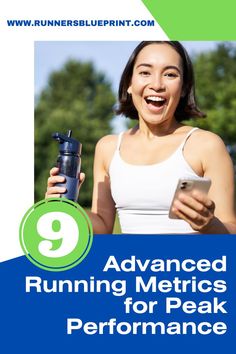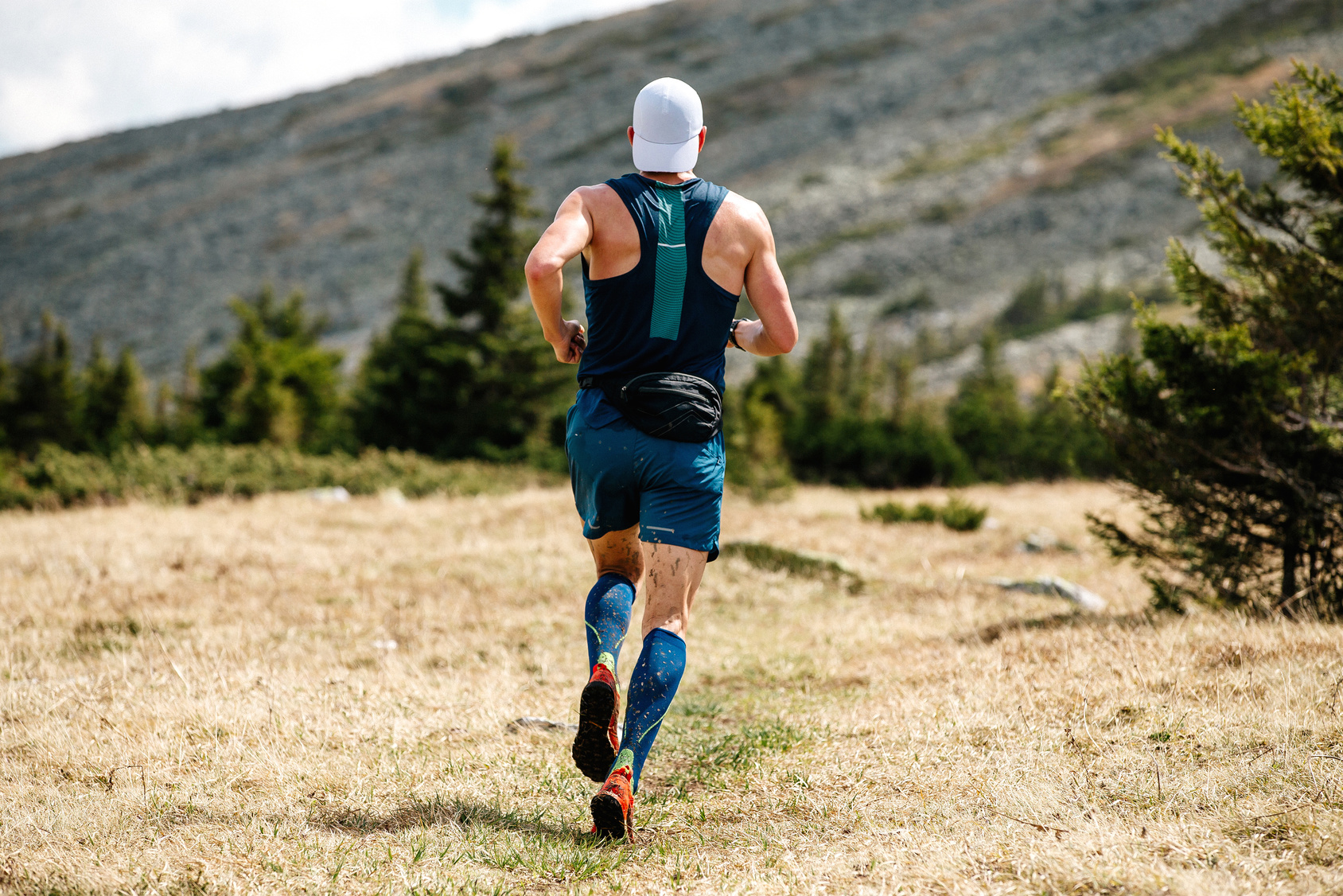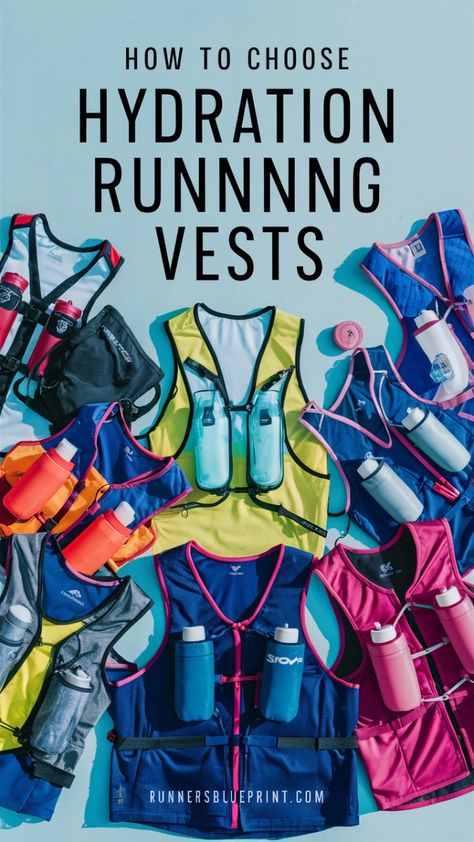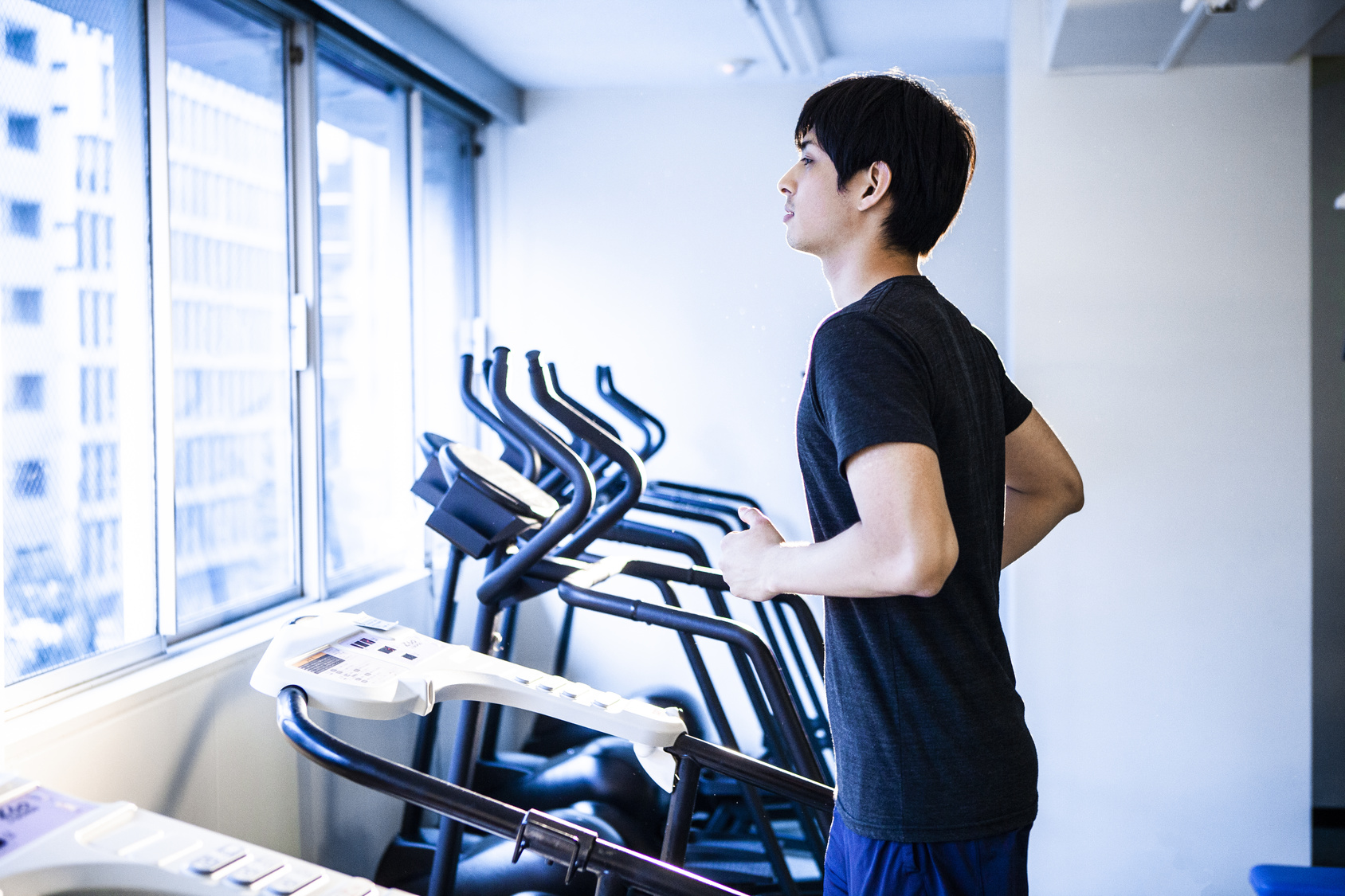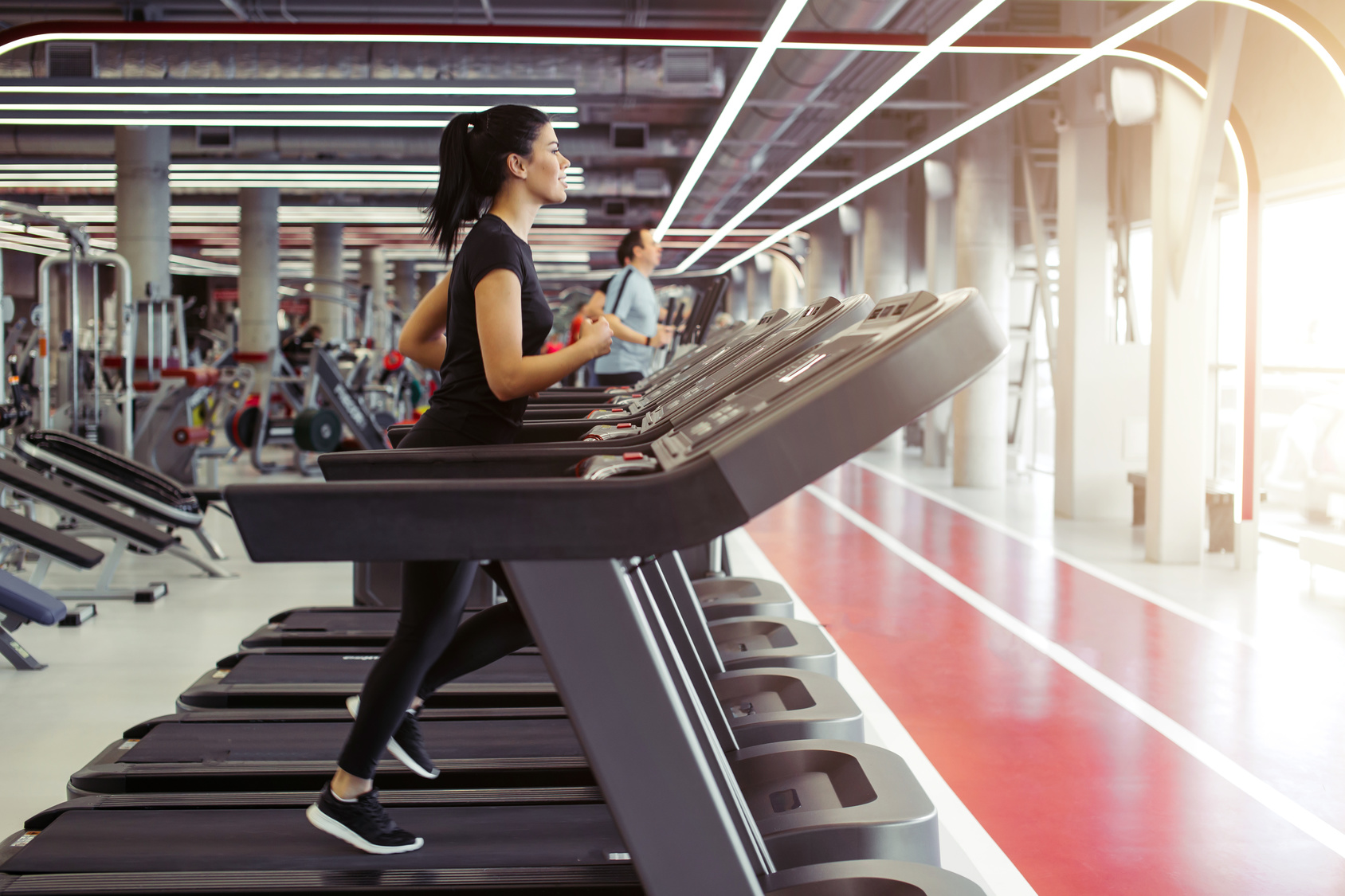Looking for some valuable advice on how to conquer the tricky challenge of running with hemorrhoids?
Well, you’ve landed in the perfect spot. Trust me, I’ve got your backside covered!
Now, let’s get real for a moment. Running with hemorrhoids can be an absolute pain in the, well, you know where. Those swollen, inflamed anorectal veins can make every step a painful reminder that life isn’t always fair. Sitting becomes a struggle, walking feels like tiptoeing on hot coals, and the thought of running seems like a distant dream. But fear not, my determined friend, because where there’s a will, there’s a way.
Are you ready to uncover the secrets of running with hemorrhoids? I know you are! And guess what? It’s totally possible to hit the pavement and conquer those miles, even with those pesky swollen veins. But first, you need to know what you’re doing. That’s where today’s post swoops in to save the day!
In today’s article, I’m going to unveil all the secrets to running with hemorrhoids. I’ll equip you with the knowledge, strategies, and guidelines you need to not only find relief but also prevent these pesky veins from ruining your running bliss. Consider this your personal roadmap to success, specially designed for those facing the hemorrhoid hurdle.
Ready? Let’s get going.
What Are Hemorrhoids?
Alright, let’s dive into the fascinating world of hemorrhoids and unravel the mystery behind these pesky little buggers!
Picture this: your rectum is like a bustling neighborhood, and within it, there’s a group of veins that are just a little more sensitive than the others. We call them hemorrhoids. They’re like the varicose veins of the rectum, and they can cause quite a commotion, especially for us runners.
So, here’s the deal. Hemorrhoids are these swollen, weakened veins that form lumps of tissue inside the rectum. Think of them as the cushions of vascular tissues in your anal canal, working hard to provide support and comfort. But just like the varicose veins you may have seen on legs, these little vessels can become overwhelmed under pressure. And boy, can they make their presence known!
Pain, itching, and even bleeding are some of the delightful symptoms that hemorrhoids bring to the party. And let’s be honest, as runners, the last thing we need is an unwelcome guest in our rectal neighborhood causing a ruckus. But fear not, my friend, because we’re about to equip you with the knowledge and strategies to tackle these annoyances head-on.
Here’s a mind-boggling statistic for you: surveys have shown that a whopping 70 to 80 percent of adults in the U.S., both men and women, will experience hemorrhoids at some point in their lives. That’s right, it’s like a secret club that most people are unwittingly a part of. But here’s the good news: hemorrhoids aren’t typically dangerous or life-threatening. And here’s an even better news flash: they’re not contagious! Phew, we can all breathe a sigh of relief there.
Internal Vs. External Hemorrhoids
Just like a rollercoaster ride, hemorrhoids come in different levels of intensity, and we’re here to take you through each thrilling stage!
First up, we have the first three stages of hemorrhoids, also known as the undercover agents of the rectal realm. These sneaky fellows hide away, not visible to the naked eye. But don’t be fooled, they might decide to make a grand entrance and show themselves outside the anus, leaving behind traces of blood on toilet tissue or in your stool. It’s like their secret code, a signal that they’re up to no good.
Now, here’s an interesting tidbit: internal hemorrhoids, even though they may not be painful at first, can be quite mischievous when it comes to bleeding, especially when you’re out there pounding the pavement or engaging in high-impact activities. They love to make a grand spectacle, reminding you of their presence with each stride you take.
But wait, there’s more! Enter the fourth stage, the external hemorrhoids. These are the rebels that you can see and feel, hanging out around the opening of the anus like uninvited guests at a party. They bring along a whole entourage of discomfort, including pain, itching, swelling, and bleeding. Oh, and let’s not forget the mucus they like to leave behind as their calling card. They’re the troublemakers of the bunch, causing a real ruckus, especially when you’re trying to enjoy a peaceful run.
Here’s the thing: if you neglect these external troublemakers, they can become real troublemakers indeed. They have a knack for forming blood clots, turning a simple annoyance into a potential medical emergency. That’s when you might need some expert intervention to prevent further complications and ensure your running adventures remain worry-free.
Additional guide – How to run with seasonal Allergies
Hemorrhoids Symptoms
As runners, we’re no strangers to aches and pains, but when it comes to those pesky hemorrhoids, how do we know if we’re dealing with the real deal? Let’s dive in and unravel the clues, shall we?
First off, let’s talk about internal hemorrhoids, the masters of disguise. These crafty fellows like to keep things low-key, but they do leave behind some telltale signs. One of their favorite party tricks is bleeding during bowel movements. It’s like their secret code, a subtle hint that they’re up to something.
But wait, there’s more! These sneaky internal hemorrhoids might decide to take center stage and prolapse or protrude to the outside when you least expect it. That’s when you might experience some discomfort and pain, like an uninvited guest overstaying their welcome.
On the flip side, we have the external hemorrhoids, the rebels of the rectum. They’re not ones to shy away from making their presence known. If you’re dealing with these troublemakers, you might encounter a whole range of symptoms. Picture this: pain or discomfort, a bit like an annoying itch that just won’t go away.
They also have a flair for dramatics, so don’t be surprised if you witness some bleeding or notice some anal swelling. And let’s not forget the irritation and itchiness they bring along, like a mischievous prankster trying to disrupt your peace. Plus, these external troublemakers have a stubborn streak—they refuse to be manually reduced, making it even more frustrating to deal with them.
Additional resource – Running with osteoarthritis
Causes Of Hemorrhoids in Runners
When it comes to the root causes of hemorrhoids, it’s like navigating through a maze with multiple pathways. One prominent theory that has made its way into the medical literature points to factors such as constipation, straining during bowel movements, and even prolonged sessions on the porcelain throne. These can all contribute to a disruption in the delicate balance of blood flow, leading to the dreaded swelling and inflammation of those pesky veins.
Now, here’s where things get interesting for us runners. The culprit that often sneaks into the spotlight is none other than dehydration, that sly thief of bodily fluids. Picture this: as runners, we push our limits, pounding the pavement with every stride. But if we neglect to replenish our water stores, chronic dehydration creeps in, leaving our bodies parched like a desert.
And what happens when we don’t have enough water flowing through our systems? You guessed it—constipation takes center stage, starring as the villain in this tale. With hard stools that require Herculean efforts to pass, we find ourselves straining, unknowingly placing extra pressure on those innocent hemorrhoids.
But wait, there’s more! The cast of characters behind hemorrhoids doesn’t end there. Research has uncovered a motley crew of culprits. Frequent bouts of diarrhea can throw a curveball into the mix, wreaking havoc on the digestive system.
Weight gain and poor digestion join forces, casting shadows on our gut health.
And let’s not forget the role of diet—a protagonist or antagonist, depending on our choices.
Genetics play their part too, as our DNA whispers secrets that may make us more susceptible to these unwanted visitors.
For some, the chapters of pregnancy and childbirth add their own twists and turns to the hemorrhoidal tale. And as we age, the plot thickens, with the passage of time becoming a contributing factor. Oh, and let’s not overlook the importance of the poop position—a seemingly insignificant detail that can make all the difference.
Can Running Cause Hemorrhoids?
In the realm of running and hemorrhoids, it turns out that running itself is not the villain. No, no, my friends, running is actually a hero in the battle against those swollen blood vessels.
When done in moderation, physical activity like running can be your trusty sidekick, aiding in colon health and helping you maintain a healthy weight. It’s like having a superhero protecting your backside from the clutches of hemorrhoids.
But wait, there’s more to this story. If you find yourself straining like there’s no tomorrow during your bathroom visits, constantly battling chronic dehydration, munching on a low-fiber diet, or even having a family history of hemorrhoids, then the plot thickens. These factors, combined with your hardcore running regimen, could potentially create a perfect storm, paving the way for those unwanted hemorrhoids to make their grand entrance.
Now, let’s talk about the unfortunate scenario where you’re already grappling with those pesky piles. If you’re in that boat, lacing up your running shoes and hitting the pavement may not be the most pleasant experience. You see, running is like a mischievous trickster, a high-impact and repetitive activity that can wreak havoc on your perianal skin and delicate hemorrhoidal tissues. It’s as if every step sends a jolt of discomfort through your nether regions, intensifying your pain and making you wish for smoother trails.
But hold on, my fellow runners, there’s a silver lining. While running may temporarily exacerbate your hemorrhoid-related symptoms, it doesn’t mean the condition itself will permanently worsen. Think of it like a passing storm, where the rain may pour a little harder for a while, but eventually, the skies will clear. So don’t be too quick to hang up your running shoes just yet.
Can You Run With Hemorrhoids?
First things first, let’s get one thing straight. Running itself doesn’t bear the blame for causing hemorrhoids. However, it’s important to note that any high-impact exercise that aggravates those pesky swollen blood vessels can prolong your road to recovery.
And let’s be honest, my fellow runners, the sooner we heal, the faster we can lace up our shoes and return to the bliss of logging those satisfying miles.
Now, here’s the crucial part: You need to be mindful and not exacerbate your condition by going full throttle with your running routine. Listen closely to what your body is telling you. If your hemorrhoids are causing you discomfort or pain that’s beyond what you can tolerate, it’s time to hit the brakes and give yourself some well-deserved rest. Think of it as a pit stop on your running journey, where you can take the time to heal and recharge before hitting the road once again.
If your symptoms are mild and manageable, running with hemorrhoids should be a walk (or rather, a run) in the park. In fact, for many runners, engaging in their beloved activity while dealing with this condition poses no significant harm.
However, let’s not disregard the warning signs along the trail. If you experience extreme pain and discomfort while running with hemorrhoids, it’s crucial to listen to your body’s distress signals. Don’t push through the agony, my friends. It’s essential to prioritize your well-being and give yourself the time and space needed for healing.
Additional resource – Salt tablets for runners
Treating Hemorrhoids in Runners
First things first, let’s establish a crucial fact: Hemorrhoids don’t exactly “heal” in the traditional sense. They have their ups and downs, much like the undulating terrain we encounter during our runs. But fret not, my resilient friends, for we have tools at our disposal to manage and alleviate the discomfort.
When it comes to treatment, the approach you take depends on the severity of your condition and the extent of the damage. But let’s start with some fundamental lifestyle adjustments that can make a significant difference in your battle against hemorrhoids..
Medication
As runners, we understand the importance of choosing the right gear for the job. Similarly, selecting the appropriate over-the-counter medications can help alleviate the discomfort caused by hemorrhoids.
Nonsteroidal anti-inflammatory drugs (NSAIDs) like Ibuprofen or Tylenol can be a runner’s ally in soothing the pain and reducing inflammation. However, it’s important to note that painkillers may only mask the symptoms temporarily, so anti-inflammatories are often recommended.
But wait, there’s more! In our quest for relief, you have a range of other solutions to explore. Ointments, suppositories, and pads come to the rescue, offering potential relief for the affected area. Look for salves containing witch hazel or hydrocortisone, which have a reputation for soothing itching and pain.
Rubber Band Ligation
When all else fails and the home remedies have left you yearning for relief, it might be time to consider this intriguing option, carried out by a skilled doctor. Picture it as a strategic maneuver in the battle against hemorrhoids, designed to cut off their blood supply and bring about their ultimate demise.
In this “non-invasive” procedure, a tiny rubber band takes center stage. It slips around the base of the hemorrhoid, constricting its blood flow and leaving it no choice but to surrender. It’s as if we’re tying a knot to prevent an escape route, sealing the fate of those troublesome piles.
Now, here’s the interesting part: Over the course of a few days, the banded hemorrhoids, deprived of their life force, begin to wither away. It’s like watching the leaves of a once-mighty tree shrivel and fall to the ground, bidding farewell to their existence. This natural process allows the body to eliminate the remnants of the hemorrhoids.
But let’s not sugarcoat the truth. This procedure may come with its share of discomfort and bleeding, like unexpected potholes along our running route. Some cases experience these side effects two to three days after the procedure. It’s crucial to keep in mind that while the majority of cases proceed smoothly, severe complications are rare but can occur.
Once the procedure is complete, it’s time for the crucial after-care phase. Just as we adjust our training and recovery routine after a challenging race, a drastic diet change may be in order to support the healing process. This dietary shift aims to prevent irritation in the affected area, much like a gentle breeze soothing a tender wound. Hard stool is the nemesis here, so we must be mindful and take measures to ensure a smoother recovery.
Additional Resource – Your Guide To Runners Nipples
Consult Your Doctor
If despite your best efforts, those pesky symptoms just won’t quit, it’s time to pick up the phone and reach out to your healthcare provider. Remember, we’re talking about prolonged discomfort and, most importantly, any form of excessive or profuse rectal bleeding. That’s the moment to hit the brakes and seek guidance.
Why is this step so crucial, you might wonder? Well, let’s consider the bigger picture. While hemorrhoids themselves typically aren’t life-threatening, there’s a chance that your symptoms could be a sign of something more serious lurking beneath the surface. We don’t want to play a game of chance when it comes to our health, right?
In such situations, it’s wise to consult a specialist who focuses on colon and rectal health. Think of them as the seasoned captains navigating the treacherous waters of gastrointestinal issues. They possess the knowledge and expertise to identify any potential red flags and guide you toward the most appropriate course of action.
One of the reasons it’s essential to consult a specialist rather than a general practitioner is because, in rare cases, hemorrhoids can evolve into a more advanced and serious condition, such as colon cancer. Now, we don’t want to go down that road, do we? By proactively seeking the advice of a specialist, we can address any concerns early on, ensuring the best possible outcome.
T
Additional Resource – Your Guide To Joggers Nipples
Running With Hemorrhoids – The Conclusion
There you have it!
If you’ve ever suffered from hemorrhoids while running but wanted to keep your running routine on the go, then today’s article should have provided you with enough answers and guideposts on what to do.
Please feel free to leave your comments and questions in the section below.
In the meantime, thank you for dropping by.
Have a painless run!
David D.





